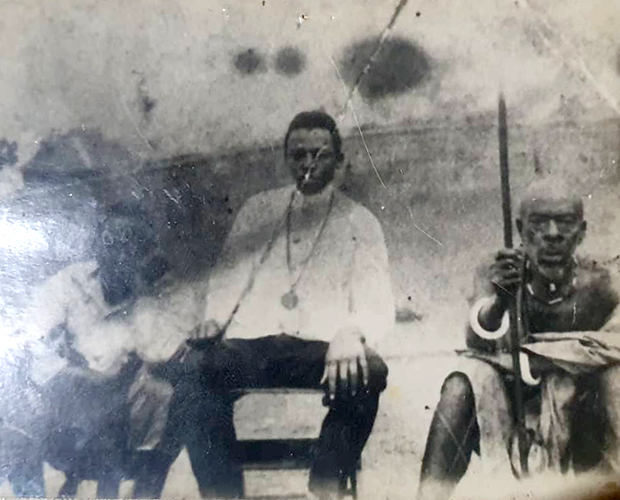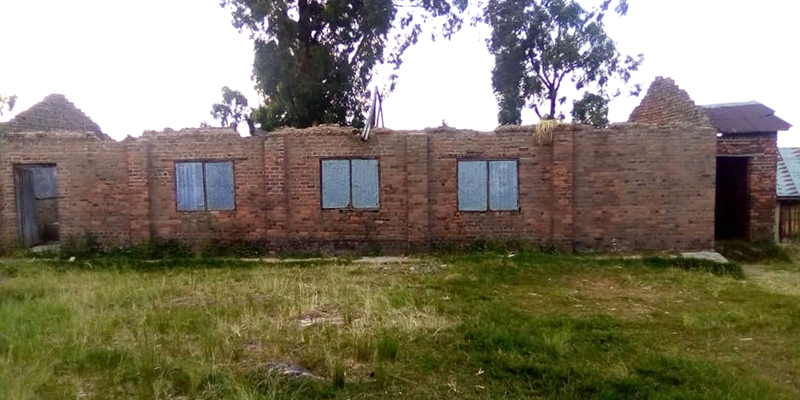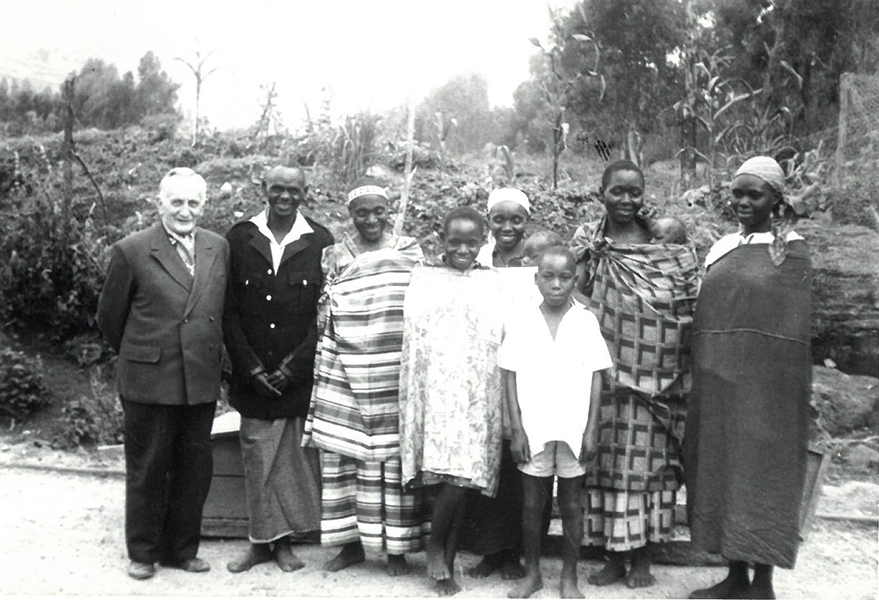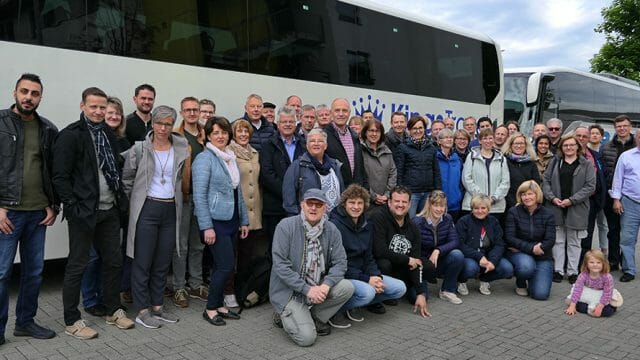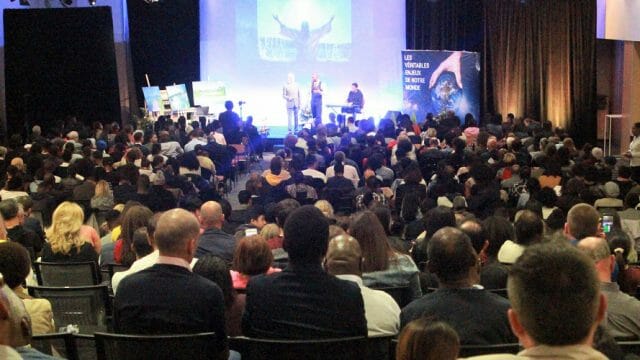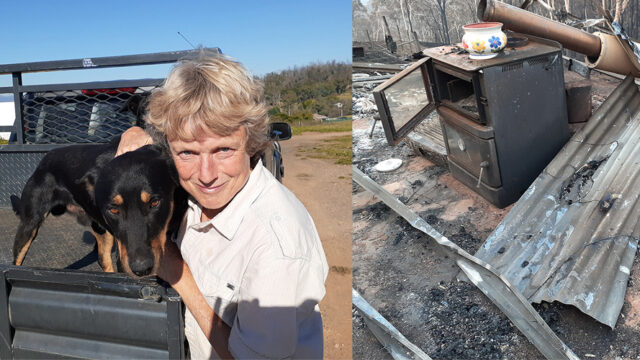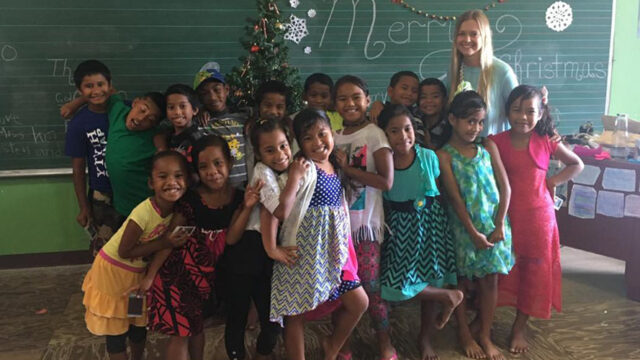Read another entry from the Encyclopedia of Seventh-day Adventists

The Encyclopedia of Seventh-day Adventists (ESDA) is now live and freely accessible at encyclopedia.adventist.org. Launched Wednesday, July 1, at Seventh-day Adventist Church headquarters, the project involved nearly 1,000 writers from all world Church divisions and attached fields, and features over 2,100 articles, photographs and other historically significant documents. New articles are being added to the encyclopedia as time goes by. We invite you to visit encyclopedia.adventist.org for education and insight on the history and structure, culture, theology and more of the Adventist Church around the world. The following story is based on a longer article from the encyclopedia—Eds.
In the heart of Africa, Idjwi Island sits in the middle of Lake Kivu, equidistant from the Democratic Republic of the Congo (DRC) and Rwanda. The island itself is located in the South Kivu Province of the DRC and is part of the North East Congo Union Mission of Seventh-day Adventists.
The beginning of the Seventh-day Adventist Church on Idjwi traces back to 1935 when the king, or mwami, of the Bahavu people fell sick. Mwami Bera was taken to Lingoma (now Mugonero) Hospital in Rwanda. Mwami Bera deeply appreciated the Adventist practice of early morning worship services for the sick before medical care. The king was healed and discharged, but before he left the hospital he begged Alfred Matter, an Adventist missionary from Germany working at the Ngoma Mission, to come to Idjwi Island.
During his stay at the hospital, Mwami Bera met an Adventist Idjwi islander, Jeremiah Barigura, who was in Rwanda as a refugee. When Barigura returned to Idjwi, Mwami Bera sent him back to Rwanda with a message reminding the missionaries working at Lingoma of his invitation. While there, Matter, the recipient of the message, gave one of his white hens to Barigura as a gift.[1
In 1942, Matter finally visited Idjwi in response to the king’s invitation. Walking around, he recognized a white chicken of the same breed as his own. Insisting on meeting the owner, he was taken to Busobe, where Barigura lived. When he arrived at Barigura’s house, the greeting generated curiosity. Villagers had never seen a white man in a black man’s home, and the event was the talk of the village that evening. Capitalizing on their curiosity, the following morning Matter spoke to the villagers about Jesus.2
According to Yagoye Ruvugiro Seth, Matter, his son Alfred Matter, Jr., and four evangelists—Iyamuremye Salathiel, Kalengera Berkimance, Daniel Kabagora, and Ntihinyurwa Aminadab—returned to Idjwi to conduct evangelistic campaigns on the island. The team focused first on Malambo in the northern part of the island. The event was successful, but the popularity of kasiksi (banana beer), the practice of polygamy, and the illiteracy of the new converts all presented challenges.3
In fact, meeting the need for adult literacy proved to be an important tool for evangelism. Four literacy sites, all in the northern part of the island, were organized under the supervision of Iyamuremye Salathiel, who was based at Busobe. Each site had a teacher evangelist—Kalengera Berkimance at Busobe, Kabagora Daniel at Bukinanyana, Ntihinyurwa Aminadab at Kisheke, and Bizimana Daniel at Bweremata. The literacy program soon led to the establishment of a primary school with grades one to four. Some pupils went to Lingoma, Rwanda, where they attended the fifth and sixth grades. Yagoye Ruvugiro Seth was among those who finished sixth grade in 1951.
Toward the end of 1951, the Lingoma Mission in Rwanda decided to enter Karhongo, in the Kalehe district of the island. With permission granted by local authorities, an evangelistic campaign sponsored by the Lingoma Mission was launched. All of the Bahavu graduates of the Lingoma School were appointed teacher evangelists, supervised by Salathiel.
In 1952, the island of Idjwi became a church district under Salathiel’s leadership. Near the end of the same year, he was replaced by Bizimana Daniel, who chose Bukinanyana as the district headquarters. Bukinanyana was central to both the evangelized territory in Idjwi-North as well as the port, which would make it easy to receive construction materials from Cyangungu, Rwanda. The same year, the Lingoma missionaries began construction of the first church building at Bukinanyana.
Idjwi was organized as a mission station in 1999 with 40 organized churches, seven companies, and a membership of 6,778.4 The Adventist Church operates 36 elementary schools and 12 secondary schools, in addition to a health center at Bushonga, which opened in 1978.
1Yagoye Ruvugiro Seth, telephone interview by the author, January 6, 2018.
2Samuel Mafuku Hamisi, retired pastor from Idjwi Island, interview by the author, January 6, 2018.
3Yagoye Ruvugiro’s testimony to Jeremiah Barigura, who narrated the story to the author, January 20, 2018.
4South Kivu Field executive secretary’s Statistical Report, December 2019.


